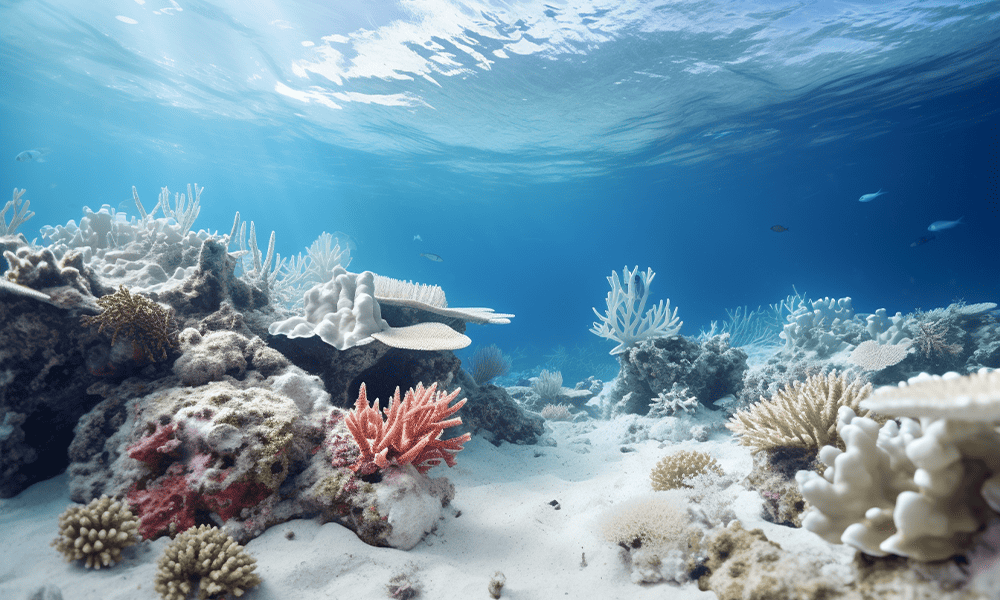Extensive coral bleaching caused by unusually warm ocean temperatures has been discovered at Caño Island off the Osa Peninsula, according to new research by marine conservation group Innoceana. Their findings reveal that around 80% of the corals in this protected area are currently experiencing bleaching.
Located about 20 kilometers west of Drake Bay, Caño Island Biosphere Reserve covers 320 hectares and is home to a diversity of marine life. But right now, the corals that form the foundation of this ecosystem are under threat.
Bleaching occurs when corals face stress from changes in water conditions, especially increased temperatures. This causes them to expel the zooxanthellae that provide the coral with nutrients and color through photosynthesis. The result is a stark white appearance as the coral’s skeleton becomes visible.
Experts say bleaching at Caño Island is being triggered by unusually warm ocean temperatures linked to the El Niño-Southern Oscillation (ENSO) climate pattern currently impacting the Pacific. This combines with broader effects of climate change to create abnormal heat stress for corals.
Since June, Innoceana has been closely tracking sea temperatures around the island, with monitoring devices recording peaks as high as 31.6 degrees Celsius. As researcher Kerlyn González observed, elevated temperatures are persisting not just during daylight hours, but also into the early morning when cooler conditions are typical.
While corals thrive in warm habitat of 24 to 28 degrees Celsius, experts from the University of Costa Rica explain that extremes beyond this range put them under strain. Prolonged high temperatures can eventually cause complete bleaching and death.
Caño Island is an important stopover point for migratory species like sharks, whales, rays and sea turtles. Since 2018, Innoceana has been surveying the corals and using 3D modeling to study the ecosystem. Founder Carlos Mallo said they never expected to witness full bleaching here by 2023.
Environmental authorities are considering strategies to protect the remaining healthy corals until conditions improve. However, scientists say more severe and frequent ENSO warming episodes driven by climate change could make mass bleaching the new normal.
“It’s truly heartbreaking,” stated Mallo. Conservationists aim to continue raising awareness of threats to Costa Rica’s fragile ocean habitats.





